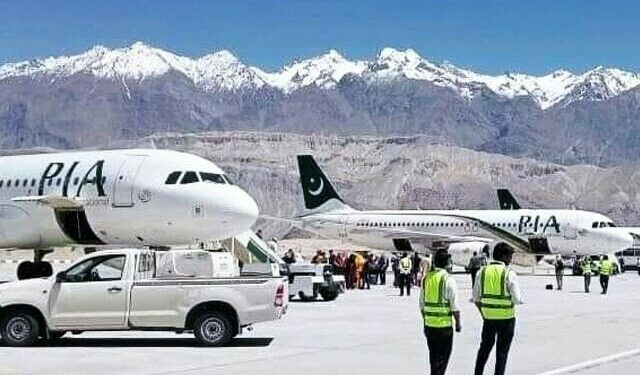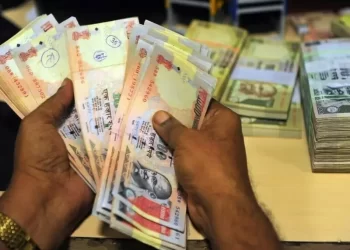The Pakistan International Airlines (PIA) returned to profit after 21 years, as the national flag carrier posted a net profit of Rs26.2 billion for the year 2024.
The airline recorded an operational profit of Rs9.3 billion for 2024, according to a PIA press release issued on Tuesday.
The last time the PIA posted a profit was in 2003 and later remained in loss for the next two decades.
PIA privatisation: Blue World City refuses to match PC’s ‘minimum expectation’ of Rs85.03bn, sticks to Rs10bn offer
“People of Pakistan might have lost hope on ‘once a pride of the nation’, but with rigorous steps adopted by the GoP [Government of Pakistan]; implementing comprehensive reforms entailing cost and workforce rationalisation, routes optimisation and financial discipline with balance sheet restructuring, PIA is poised to capitalise on financial performance through privatisation process,” Defence Minister Khawaja M. Asif said in a post on X.
PIA’s operating margin remained above 12%, which is “comparable to the performance of some of the world’s best airlines”, the PIA said.
“During these reforms, there was a significant reduction in workforce and expenditures, stabilisation of profitable routes, elimination of loss-making routes, and restructuring of the balance sheet,” it added.
“PIA’s return to profitability will not only enhance its credibility but also prove beneficial for the national economy.”
According to a Bloomberg report published earlier today, the airline achieved earnings per share of Rs5.01 in the year ended December 2024.
Last month, Khawaja Asif informed the National Assembly that the cash-starved PIA had initiated a financial restructuring process aimed at tackling its ongoing problem of persistent business losses.
In a written response to an inquiry, he stated that the restructuring involved removing the bank debt of Rs268.7 billion, the government’s debt of Rs170 billion, legacy operating liabilities totalling Rs188.3 billion, and employee liabilities amounting to Rs44 billion from the corporation’s financial records, along with non-core assets valued at Rs26 billion.
Consequently, the negative equity saw a remarkable drop from Rs698 billion to Rs45 billion by April 2024, reported media then.









